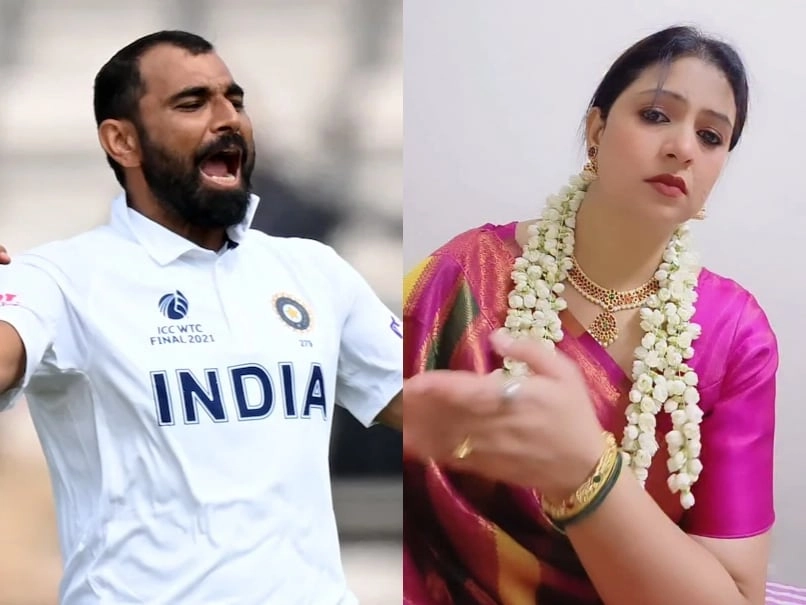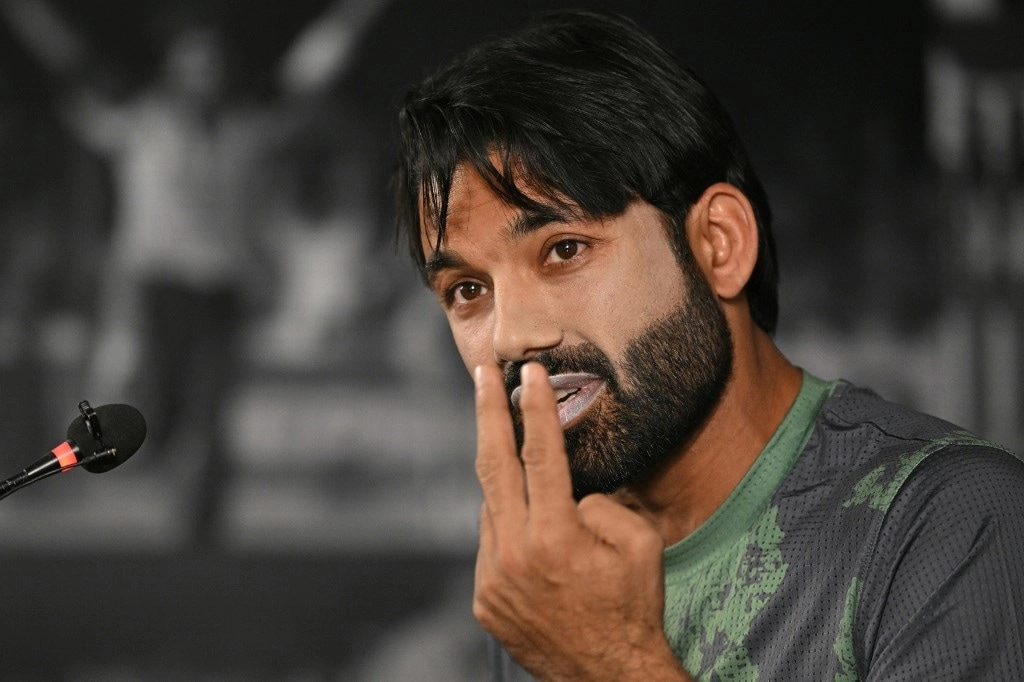Hasin Jahan, the estranged wife of Indian cricketer Mohammed Shami, recently made headlines with her bold comments regarding the alimony amount she received following their separation. Jahan expressed her views in a public statement, stating that the financial support provided to her is insignificant when compared to the broader context of their relationship and the challenges she has faced since their split. Her remarks underscore a sense of frustration and disillusionment, as she believes that the amount does not adequately reflect the sacrifices and emotional turmoil she experienced during their marriage.
Jahan’s statement draws attention not only to her personal situation but also highlights the complexities surrounding financial settlements in high-profile divorces. The discourse around alimony often raises questions about the fairness of such arrangements, especially when substantial wealth is involved. In Jahan’s case, she feels that the alimony does not account for the long-term impact of their relationship on her life, both personally and professionally. Her comments serve as a reminder of the emotional weight that often accompanies legal decisions, particularly in cases involving public figures.
Moreover, Jahan’s perspective sheds light on the societal expectations placed on women in similar situations. When a marriage ends, the aftermath can be fraught with emotional and financial challenges, and the amount awarded can sometimes feel inadequate. By voicing her opinion, Jahan hopes to encourage a broader dialogue about the importance of fair compensation and the recognition of the sacrifices made by individuals in troubled relationships. Her comments not only resonate with many women who have faced similar struggles but also call for a reevaluation of how alimony and financial settlements are approached in the context of modern relationships.
In essence, Hasin Jahan’s remarks on Mohammed Shami’s alimony reflect a deeper narrative about the intersection of love, loss, and financial justice. While the monetary figure may seem trivial in the grand scheme of things, it is a symbol of the unresolved issues that linger post-separation. Jahan’s candidness serves to highlight the need for compassionate and equitable solutions in divorce proceedings, ensuring that all parties involved are acknowledged for their contributions and sacrifices, thus fostering a more understanding and supportive environment for those navigating the complexities of relationship breakdowns.




